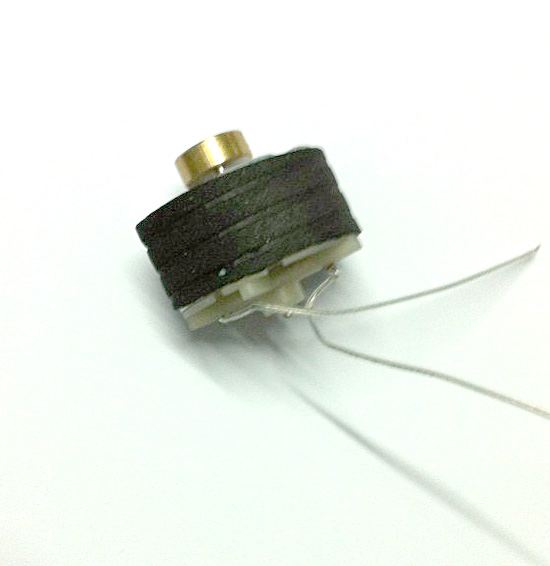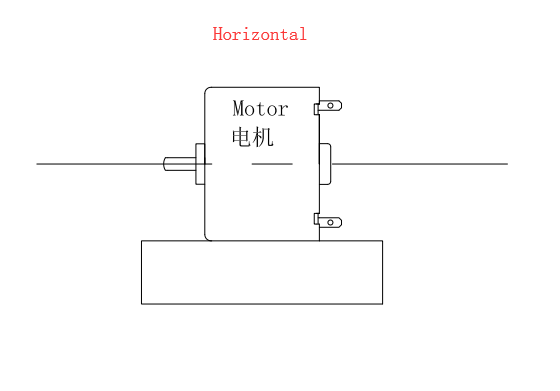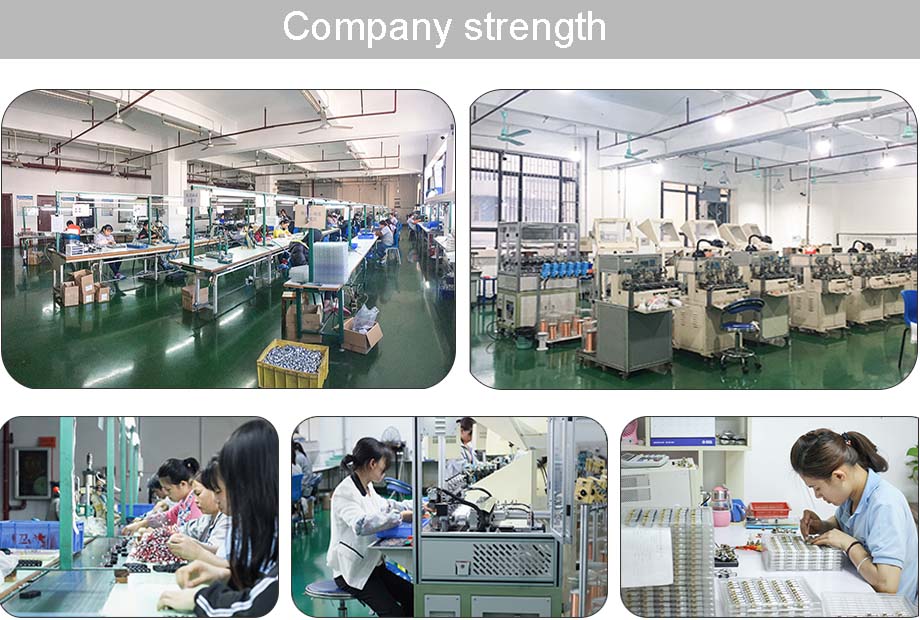The industry has long been "rumored" that Sony is considering equipping Light Peak with a laptop. But the author has always believed that the Light Peak laptop will not be available in 2011. Because the "electric version" Light Peak, that is, "Thunderbolt" was the first to be practical.
Light Peak is the high-speed interface technology that Intel released on IDF in September 2009. At the beginning of its introduction, the company stated that it will use optical transmission technology, which is its biggest feature. But then Intel announced that it would initially use electrical signals instead of optical signals. Then in February 2011, Apple Inc. of the United States released the laptop "MacBook Pro" equipped with Thunderbolt. Therefore, the author believes that Light Peak with optical transmission technology will not be unveiled in 2011.
But the author's idea is completely wrong. Sony's new product "VPCZ21V9E" of the "VAIO Z" series of notebook computers to be launched at the end of July 2011 will be equipped with an optical interface between devices based on Light Peak. To this end, this article will introduce the points related to Light Peak.
Implement "intensification" of interfaces
Light Peak was first published on IDF in September 2009. Its biggest feature is the use of optical transmission technology. As a result, the data transmission speed has increased to more than 10Gbit / sec, and it is expected to achieve 100Gbit / sec in the future. By increasing the speed, a single cable can be used to transmit a variety of interface signals. In other words, the lower layers such as the physical layer can be shared among the interface specifications, and the upper layers such as the protocol layer can use different signals according to the interface specifications. In short, the technology is like circulating various things in a thick pipe.
Prepare a high-speed physical layer on which to transmit various interface signals to achieve intensification. This idea has become a trend in the interface industry. For example, DisplayPort can use a conversion adapter to connect DisplayPort to HDMI and DVI. The data transmission speed of DisplayPort is high, so it can also transmit HDMI signals. In the current standard v1.2, the data transmission speed of each channel is 5.4 Gbit / sec. The maximum available 4 channels, a cable can achieve 21.6Gbit / s data transmission speed. If the auxiliary channel "AUX" is used, the USB 2.0 specification signal can also be transmitted.
HDMI also supports the sending and receiving of Ethernet signals from version 1.4. The "DiiVA" called the Chinese version of HDMI can not only transmit audio and uncompressed HD images, but also transmit Ethernet and USB 2.0 signals, and even supply power. In addition to audio and uncompressed HD images, the "HDBaseT" led by Israeli Valens Semiconductor and other companies can also transmit Ethernet and USB 2.0 signals, and can supply 100W of power.
Among them, DiiVA and HDBaseT are characterized by the use of Ethernet cables. In other words, DiiVA and HDBaseT use the physical layer of Ethernet to transmit audiovisual signals.
In addition, the interfaces for portable terminals include the "MHL" promoted by Silicon Image, the "Mobility DisplayPort (MYDP)" jointly developed by STMicroelectronics and ST-Ericsson of Switzerland, and the United States. The "SlimPort" developed by Analogix Semiconductor Inc. can share 5-terminal microUSB to transmit uncompressed HD images. That is, it supports USB data signals and HD images. Since microUSB can be shared, no dedicated connector is required for all three interface technologies.
Among them, MHL was the first to be practical. It has been used in the Samsung Galaxy S II smartphone from South Korea. MHL, like HDMI, uses TMDS to transmit image data, so if a conversion adapter is used, a TV equipped with an HDMI terminal can be connected. As far as I know, the Galaxy S II does not specifically emphasize "equipped with MHL", but emphasizes the use of conversion adapters to connect with HDMI.
For the internal aspects of portable terminals, the next-generation physical layer "M-PHY" of the transmission technology "MIPI (Mobile Industry Processor Interface)" is scheduled to be used as the physical layer of various internal interface specifications. For example, "DigRF v4" connecting the wireless communication module and the application processor, and "CSI-3" connecting the camera module and the application processor. In addition, the high-speed interface UFS for memory cards is also expected to use M-PHY.
Among the interface groups planned to achieve intensification, Light Peak has the biggest feature of supporting two interface specifications of image transmission and data transmission (storage). At present, it has been determined that Thunderbolt supports DisplayPort and PCI Express. The former belongs to the category of image transmission, while the latter belongs to the category of data transmission. If you support both, you can also support a variety of other interface specifications. For example, DisplayPort can support HDMI, DVI and VGA. And PCI Express can support SATA and so on.
Three reasons for intensification
Why is the trend of "intensive" interfaces accelerating? There are at least three reasons. First, the number of connectors can be reduced. Currently, notebook computers and tablet terminals are increasingly demanding thinness. For this reason, the number of connectors needs to be reduced. In addition, it has been difficult to increase the number of connectors in small portable terminals such as digital cameras and mobile phones.
Second, it can reduce costs. First, after reducing the number of connectors, the cost of connector parts and electromagnetic noise countermeasure parts can be reduced accordingly. If the physical layer can be shared, the manufacturing cost of the physical layer itself can be reduced through the mass production effect.
Third, the physical layer technology that enables high-speed data communication has made progress. At present, the interface specifications supporting speeds above 5Gbit / sec are continuously increasing. This is because the emphasis processing implemented at the sending end and the equalizer processing technology implemented at the receiving end have advanced.
Vibration Motor is in the original basis to add a vibrating head, made into a Dc Motor drive with a vibration motor. To produce the shaking force.
6V Dc Vibration Motor is introduced:
6V Dc Vibration Motor volume is generally greater than 15 mm, mainly used in massage chair, massage waist, handheld massager, etc.
Characteristics: small volume, strong vibration;
Features: small size, fast speed, stable performance, low price, can use battery drive,Can change the different materials of the pendulum head


Method of use: the best stable in horizontal plane, installed on the dc 6V Dc Vibration Motor output shaft parts, cannot use a hammer to knock, knock prone to press into the dc 6V Dc Vibration Motor drive, may cause damage to internal components, and cannot be used in the case of blocked.

Operating temperature range:
6V Dc Vibration Motor should be used at a temperature of -10~60℃.
The figures stated in the catalog specifications are based on use at ordinary room temperature catalog specifications re based on use at ordinary room temperature (approximately20~25℃.
If a vibration motor is used outside the prescribed temperature range,the grease on the gearhead area will become unable to function normally and the motor will become unable to start.Depending on the temperature conditions ,it may be possible to deal with them by changing the grease of the motor's parts.Please feel free to consult with us about this.
Storage temperature range:
Dc Vibration Motor should be stored ta a temperature of -15~65℃.
In case of storage outside this range,the grease on the gearhead area will become unable to function normally and the motor will become unable to start.
Service life:
The longevity of Dc Vibration Motor is greatly affected by the load conditions , the mode of operation,the environment of use ,etc.Therefore,it is necessary to check the conditions under which the product will actually be used .The following conditions will have a negative effect on longevity.Please consult with us should any of them apply.
â—Use with a load that exceeds the rated torque
â—Frequent starting
â—Momentary reversals of turning direction
â—Impact loads
â—Long-term continuous operation
â—Forced turning using the output shaft
â—Use in which the permitted overhang load or the permitted thrust load is exceeded
â—A pulse drive ,e.g.,a short break,counter electromotive force,PWM control
â—Use of a voltage that is nonstandard as regards the rated voltage
â—Use outside the prescribed temperature or relative-humidity range,or in a special environment.
â—Please consult with us about these or any other conditions of use that may apply,so that we can be sure that you select the most appropriate model.
when it come to volume production,we're a major player as well .each month,we rurn out 600000 units,all of which are compliant with the rohs directive.Have any questions or special needed, please contact us, we have the engineer group and best sales department to service to you Looking forward to your inquiry. Welcome to our factory.

6V Dc Vibration Motor
6V Dc Vibration Motor,Dc Vibration Motor,6V Dc Micro Vibration Motor,Small Size 6V Dc Vibration Motor
Shenzhen Shunchang Motor Co., LTD. , https://www.scgearmotor.com